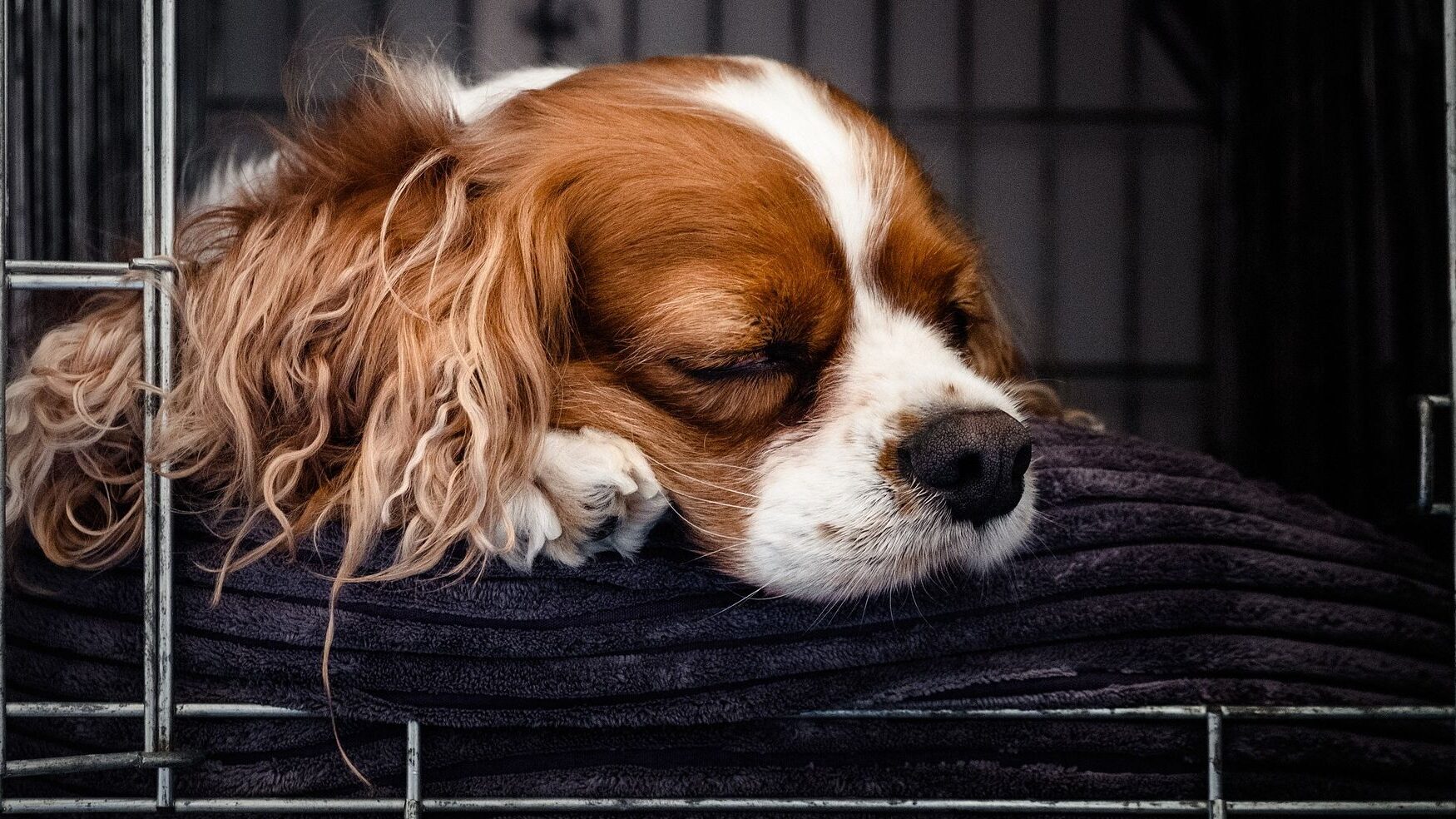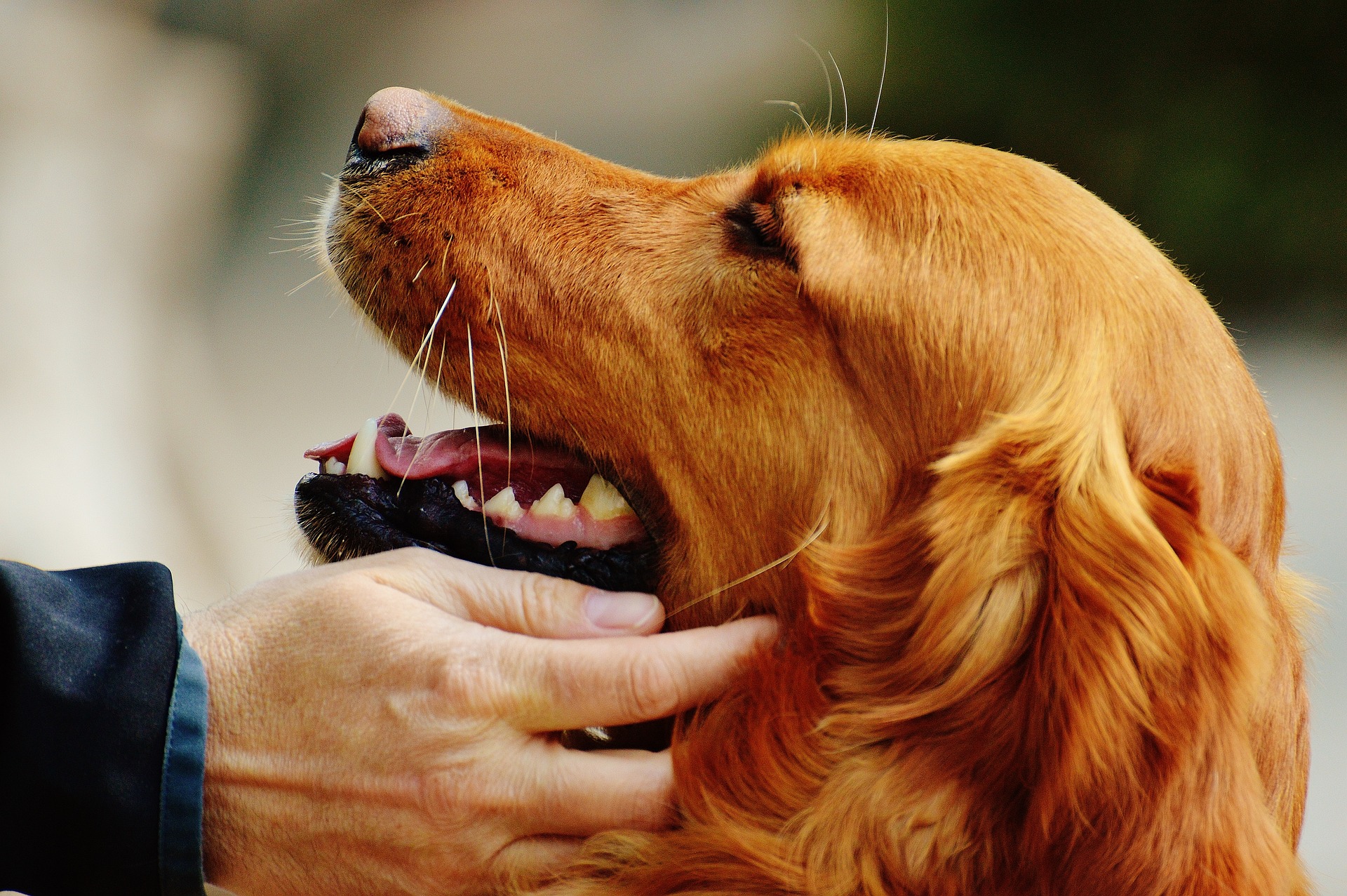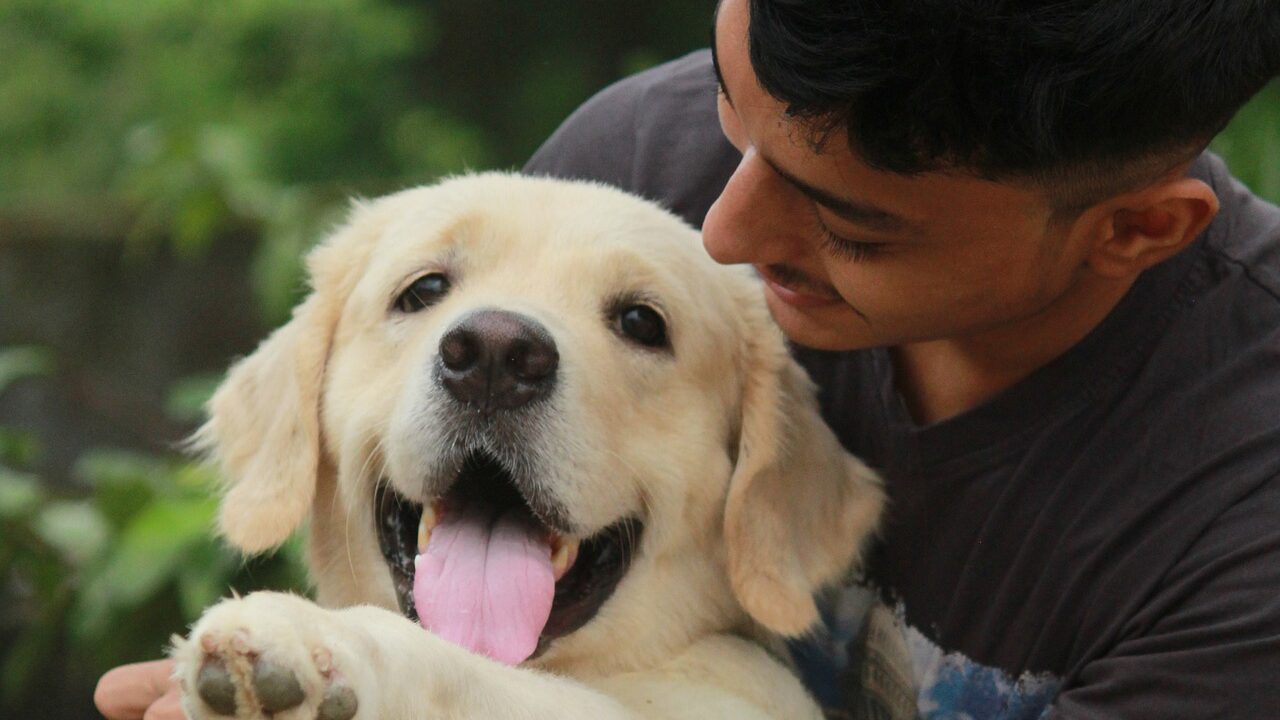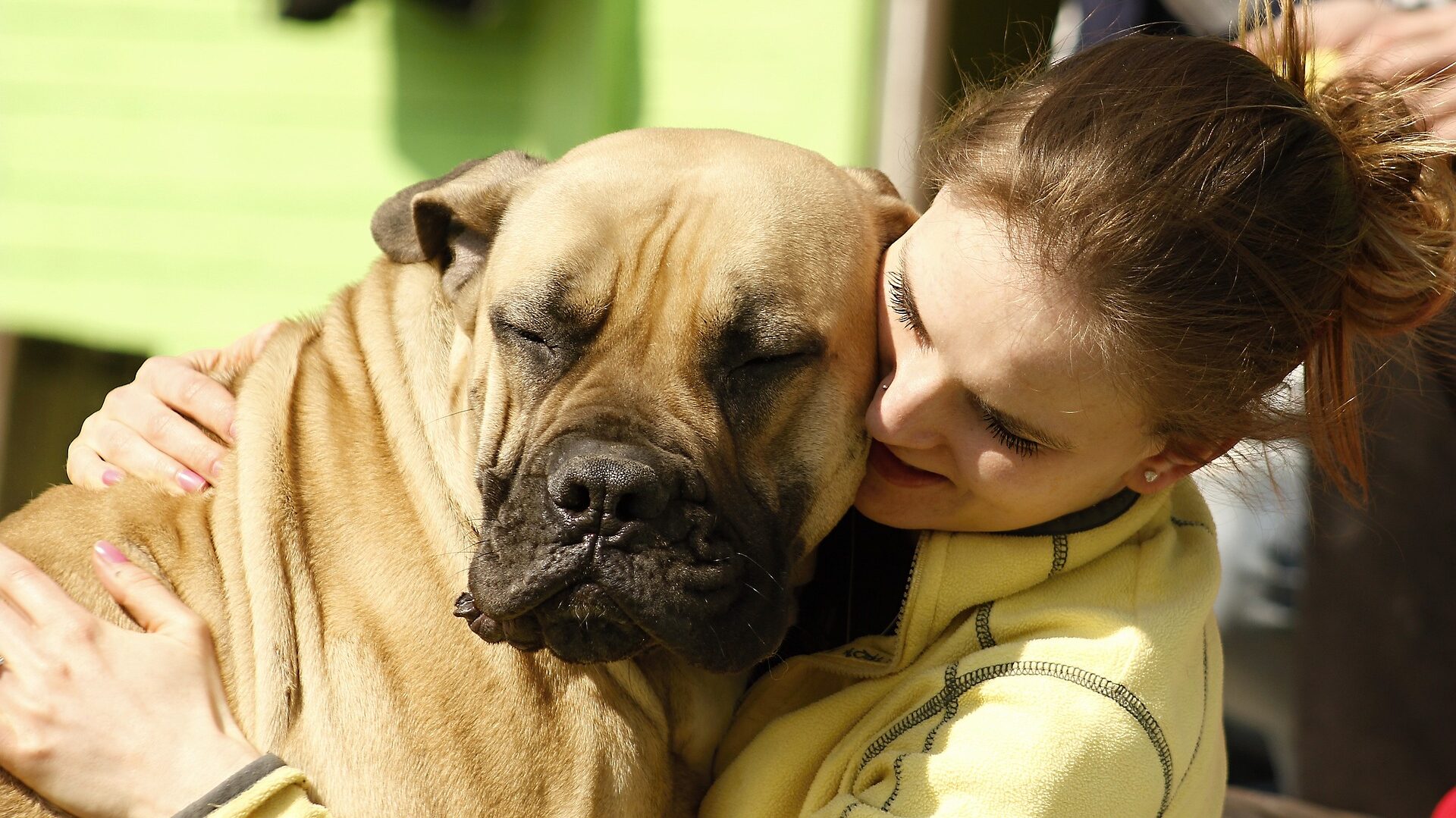In our previous installment of Questions You Need to Ask Doggy Daycares Part 1, we focused on playgroup questions. In this section, we’re going to focus on dog care.

These questions will help you if you decide to board your dog, but are also important if your dog is at daycare. A lot of the basic care provided to boarding dogs overlaps with the care provided to daycare dogs. Plus, most people choose to board their dog at the place their dog goes to daycare since the dog knows the staff so well already.
What is the daily schedule?

While there needs to be some flexibility when unexpected things come up, there should still be a daily schedule. Having designated time slots for feeding, medication, cleaning, breaks, pick up, and drop off keeps things running smoothly.
A staff member should be able to tell you when your dog will be out to play, when they will be up for breaks, and when they can be dropped off or picked up. Breaks are important for dogs while at daycare, and knowing that your dog is getting breaks if they are staying for a while is comforting.
Some facilities rotate breaks between yards while others give breaks to the dogs all at once. Some dogs may need more breaks than others and so it is helpful to look at your dog and see how many breaks the facility is able to provide. Some facilities provide minimal breaks while others provide more, and some only provide breaks depending on the dog in question.
If it’s relevant that your dog needs breakfast, lunch, dinner, or medication during their daycare time, make sure to ask about when that will be done. If you ever choose to board your dog, knowing when meal times have happened can help you make sure you either feed your dog before dropping them off or feed them after picking them up at the right times. Meal breaks should also include digestion time for the dogs. Dogs who eat and then go out on a full belly can risk getting bloat, which is deadly. The staff having a schedule to follow will help prevent this from happening.
How does the staff communicate and address special needs of certain dogs?

Even if your dog does not need special accommodations now, they may need them in the future. Dogs may need to have medication during their stay or have food allergies crop up later in life. The staff should have a clear communication system that keeps everyone informed about the dogs in their care.
When you drop off your dog and mention to a staff member that your dog has developed a food allergy, that staff member should have an easy way to communicate that to the rest of the team to keep everyone in the loop. Verbally communicating changes is good, but when things get busy, it’s good to have a system for keeping information streamlined.
Daycares should have a file on each dog that the staff can easily update when new information is communicated by a pet parent. Most places these days do this electronically. Even if the staff is still learning about the change in the dog’s care, they will have something to reference before doing certain tasks like providing meals or medications. They will be able to see that a dog needs meds during a midday break and see if that med needs to be taken with food.
Many places will also have whiteboards to communicate certain dogs’ needs during the day. They may choose to have lists for lunch time, medications, and extra breaks, and put a person in charge of adding dogs’ names to that list to reference.
When it comes to medicating dogs, my favorite strategy to see is the staff having two people sign off on medications. Medications getting dosed incorrectly leads to problems and it’s nice to know that human error is mitigated through double checking with two people.
Make sure you’re comfortable with how the staff stores, doses, signs off on, and gives medication to your dog.
When are dogs alone and what does that look like?

The nature of a doggy daycare and boarding facility means that there will be times when dogs are “alone” and not under direct supervision. This is usually done for safety and to help take better care of the dogs. When dogs are alone, they are usually in their designated holding areas like a kennel, suite, or individual run.
Usually dogs are put up for a few different reasons:
- The area they were in is scheduled for cleaning
- It’s break time or they are in need of a break at the moment
- It’s time for feeding
- It’s time for lights out and to go to sleep for the night
You do not want to hear or see that yards of dogs are left unsupervised. Altercations and accidents can happen quickly, and the risk of this goes up when the number of dogs or the time left unsupervised increases. The goal is to mitigate risk.
While the same person doesn’t have to be in a yard of dogs all day, the staff should always have someone in the play yards to watch the dogs and rotate the staff accordingly. Play yard monitors will need breaks or may need to get some extra help when a dog starts needing some special attention. If the yard monitor has to leave the yard with a dog, is there someone to replace them or someone who can help them out so they can stay and watch the dogs as needed?
If you have more than one dog who is staying at daycare that day, what is the policy on separating them while they are unsupervised? Some places don’t like to have dogs who live together in areas unsupervised because dogs can act differently when they aren’t at home. Other places recognize that having the dogs completely separated could cause major distress and will try to minimize separation by allowing dogs to room together, having them be able to see each other, or only separating them during specific times like feeding times.
Knowing how and when dogs are left alone is important in order to find the right place for you.
How does the staff monitor eating, drinking, and elimination?

This question will allow you to see what systems are in place for your dog’s regular care. When dogs aren’t feeling well, some of the first signs will be a decrease or increase in appetite, hydration, and elimination. The staff should know if dogs are eating or not eating and have a protocol for when to call you if eating is not happening regularly.
Because most places have the staff rotate from the morning to the evening, communication on this matter between both shifts is important. If a staff member observes that a normally voracious eater only ate part of their breakfast that morning, how is that getting communicated to the evening staff member who feeds dinner? If the dog only eats part of their dinner as well, the staff needs a system to communicate that. Problems can go on for too long if there isn’t a way for the staff to keep track of issues that arise. Human memory on when issues started can be faulty.
Having a system for reporting increased or decreased frequency of bowel movements and urination is also helpful. The quality of the elimination being reported is helpful when things move away from normal and healthy. This can catch problems such as UTIs, worms, and communicable diseases between dogs before they turn into something major.
Knowing the staff is also paying attention to hydration is important as well. Dogs should be offered water frequently and in most cases freely. The rare exception to continuous water availability is usually due to dogs who drink water until they vomit or spill water in certain areas that leave them in unhygienic places as a result. But offering water to these dogs in a different way is just as important and means the staff will have to have a system. If a dog’s water dish does not need to be refilled often enough or the dog is not hydrating in play group, that can be a red flag that needs attention.
When I worked in doggy daycares, I knew some dogs who needed breaks in order to hydrate properly. They would be so excited to play with their friends at daycare that we needed to put them up alone so they would realize they were thirsty and drink water. Seasoned doggy daycare staff are used to these sorts of accommodations for certain dogs and these unique quirks in dogs keeps life interesting for the staff.
Monitoring dogs is important to the job, and it’s nice to know that the staff have a communication system for red flags and are paying attention to changes in your dog.
What is the ratio of dogs to people in the building?
In our last article for playgroups we talked about ratios of people to dogs in play yards. This question is slightly different but has the same core idea behind it. Facilities can’t have all staff members in play yards. There needs to be enough people to float to help out the members of the team who are in the yards. These floaters help with keeping the cleaning schedule on board, help get dogs in and out of yards safely, and come in to assist if an emergency happens in a yard.
But knowing the total number of people per dog in the facility helps make sure the staff isn’t taking care of more dogs than they are capable of. For example, let’s say you have two staff members in the back at a facility who are in charge of taking care of all the dogs. One staff member stays in the play group of ten dogs or so while the other is there to provide support and do other tasks needed.
This team can rotate dogs in and out of play groups reasonably if there aren’t too many dogs to take care of. If there are a total of fifteen dogs in the building scheduled for that day, this could be reasonable depending on how efficient the team is and the tools at their disposal.
However, if there are fifty dogs scheduled on the grounds that day, that could easily overwhelm a team of two, even if that team of two kept playgroups at safe sizes. If there’s an emergency and a dog needs to go to the vet, is there a staff member available up front to call the pet parent? In the rare case that happens, that leaves one staff member in the back to take care of the dogs.
This is where things can get tricky fast. Facilities usually have protocols for these situations, whether that is the person running the front desk has the training to go help in the back while they wait for the staff member who left to return, or the staff always has someone in the back who is designated to take dogs to the vet when necessary. It’s good to know that all the dogs will be cared for.
While we can’t plan for everything, knowing that there are enough staff members available makes a world of difference. Even if a dog does not need to go to the vet and instead needs some first aid, is that going to set everything backwards when it comes to taking care of the dogs? If the crew was already stretched thin to begin with, this can make things so much worse, and the dogs suffer for it most.
Thinking about how much the average person can take on when it comes to cleaning up after, caring for, feeding, watering, moving, and medicating dogs is important. While some daycare staff are superheroes at this job, not all facilities can hire the superheroes. There’s a lot of work that goes into keeping a place running top notch, and even your superhero workers are going to have bad days, get sick, or need a vacation. Many of those amazing workers still can’t do it alone. They need support to do their jobs well. I’ve seen many amazing doggy daycare workers burn out because of the ratio of dogs to staff members in the building was constantly being skewed.
We hope these questions help you continue to find the right doggy daycare facility for you. We know it can get rough trying to figure out what is right for you and your dog. These questions should help you take out some of the guesswork when looking into places. Stay tuned for our next articles coming out that will help you ask more important questions when searching for the right doggy daycare for you.

Dogs are individuals and yours is no different.
Our trainers know how to tailor a training plan to fit the needs of you and your dog together.
Message us today to set up your free consultation so we can create a plan to help you get more quality time with your dog.












